
Decades of progress in cancer science have fostered new hope for the 500,000 Americans diagnosed with cancer in the U.S. each year. Chicago-area hospitals stand at the forefront of this trend, offering advanced treatment in specially designed radiation suites made with concrete from Prairie Material.
Home of the first-ever radiation department in the city, Mercy Hospital on Chicago’s South Side launched an aggressive campaign in 2008 to bring a linear accelerator to its cancer care facilities. This system would help doctors treat malignancies with greater precision and, in many cases, fewer side effects.
Deep, cast-in-place walls and ceilings contain the powerful radiation used in treatment suites of this kind. General contractor Baumgartner Construction called on Prairie to design the unique mix needed for 2 monolithic mass pours to house the radiation vault and accelerator.
Density for safety
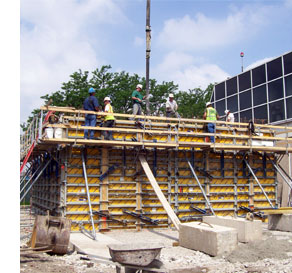
“The radiation room was designed as a concrete box, with 16-foot-high walls up to 7 feet thick and extending 40 feet on all sides,” explains project manager Steve Baumgartner. “The roof was an additional 2 feet thick.”
Since radiation leaks might pose health risks for hospital visitors and staff, even small cracks could create problems. Engineers laid down extremely tight specs for the job, including a relatively low heat of hydration target of 140 degrees for the mass of concrete.
To ensure compliance, engineers embedded temperature sensors in the freshly poured concrete to monitor heat of hydration for several weeks after placement. Prairie’s technical team created a mix to meet all specs and provide superior flowability for ease of placement.
Summer heat turns up the pressure
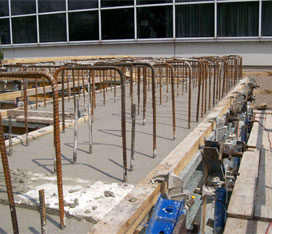
Unexpected delays on the job forced contractors to schedule the wall pour for one of the hottest days of the year. “With temperatures in the 90s, we were walking a tightrope,” says Baumgartner. “If we did pour and the heat of hydration exceeded the target, we would have to rip it all out. If we delayed the pour we’d miss our deadline.”
Prairie’s technical and quality control team helped crews address the challenges. “Baumgartner basically came to us for a go or no-go decision on the pour,” says technical expert Gary Hall. “Fortunately, our lab has Quadrel calorimetric simulation software that helps us pinpoint concrete performance in the field under different ambient conditions, concrete temperatures and curing conditions.”
After running several simulations with Quadrel, Prairie recommended going ahead with the pour. Workers iced the mix to reduce concrete temperature, and Baumgartner used high R-value blankets on top of each finished section to prevent rapid heat loss at the surface.
“It was a complex job, but with great support from operations and dispatch and the incredible QC and plant crew at Yard 32, we put forth a coordinated effort to help Baumgartner get it done,” reports Hall.
Steve Baumgartner agrees. “If it was easy, anyone could do it … but Prairie’s all-around expertise made the difference here.”
Mercy’s dedication to state-of-the-art care benefits hundreds of patients treated at the new facility each year.
We fight cancer all year long
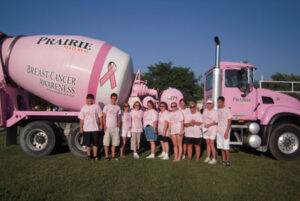 Since 2005, when Prairie Material introduced its first pink trucks for breast cancer awareness, our employees have worked tirelessly to fight all forms of cancer. The team at our Bridgeview headquarters raised $6,300 this August at their American Cancer Society Relay For Life, and during Breast Cancer Awareness Month, raffles and t-shirt sales will bring in more funds for the fight. In Indianapolis, Prairie’s Doug Dalton and colleagues hosted their 10th golf outing to benefit Jill’s House, a home away from home for cancer patients receiving treatment at the Midwest Proton Radiotherapy Institute. Soon, new pink trucks will roll in Milwaukee, Indianapolis and Central Illinois, expanding Prairie’s cancer-fighting fleet. The trucks are available year-round for appearances at cancer fundraisers and other community events.
Since 2005, when Prairie Material introduced its first pink trucks for breast cancer awareness, our employees have worked tirelessly to fight all forms of cancer. The team at our Bridgeview headquarters raised $6,300 this August at their American Cancer Society Relay For Life, and during Breast Cancer Awareness Month, raffles and t-shirt sales will bring in more funds for the fight. In Indianapolis, Prairie’s Doug Dalton and colleagues hosted their 10th golf outing to benefit Jill’s House, a home away from home for cancer patients receiving treatment at the Midwest Proton Radiotherapy Institute. Soon, new pink trucks will roll in Milwaukee, Indianapolis and Central Illinois, expanding Prairie’s cancer-fighting fleet. The trucks are available year-round for appearances at cancer fundraisers and other community events.
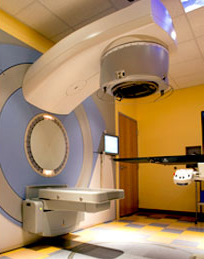
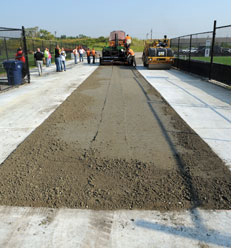
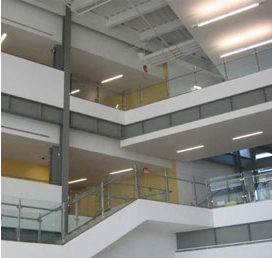
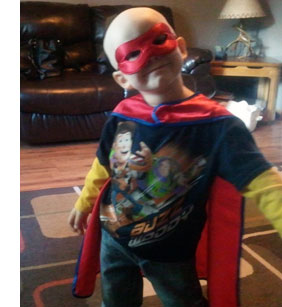


 United Materials
United Materials Superior Materials
Superior Materials Prairie Materials
Prairie Materials Canada Building Materials
Canada Building Materials VC Global
VC Global